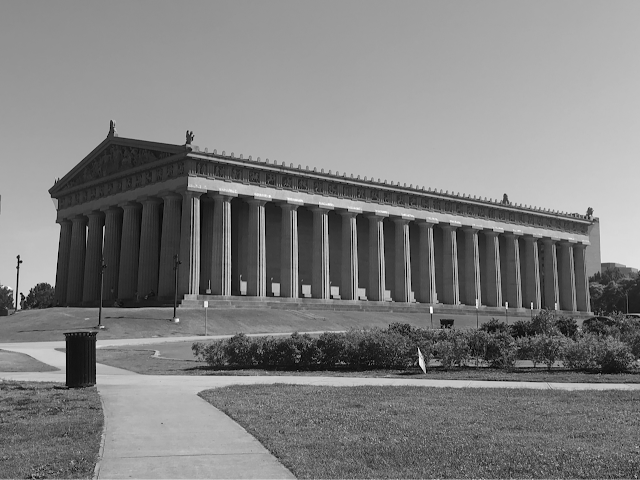The Minoan "Master's Seal," also known as the "Master Impression," is a remarkable artifact from the Late Minoan period (circa 1450–1400 BCE), currently housed in the Archaeological Museum of Chania, Crete. This small clay seal impression, measuring approximately 1.5 cm in diameter, offers a detailed depiction of Minoan architecture and religious symbolism, providing valuable insights into the civilization's societal structure and artistic achievements.
Discovery and Context
The seal was discovered during Greek-Swedish excavations on Kastelli Hill in Chania, the site of ancient Kydonia. This area has yielded significant Minoan remains, indicating its importance as a center of administration and religion during the Late Minoan period. The seal impression was found in a context suggesting it was discarded during the reinhabitation of the area following the LMIB destruction horizon, a period marked by widespread upheaval in Minoan Crete.
Description of the Seal
The "Master's Seal" presents a complex scene carved in miniature detail. It depicts a multi-story architectural complex situated atop a steep, rocky hill, resembling the topography of Kastelli Hill. The buildings are arranged in a heraldic composition with seven wings across four levels, the lowest enclosed by a fortification-like wall. Two gates, possibly made from wooden trunks, and a frieze of half-rosettes adorn the lintel, adding decorative and structural elements.
At the apex of the central structure stands a youthful male figure holding a spear or staff. His elevated position and commanding posture suggest a symbolic role, possibly representing a deity or high-ranking worshiper, commonly interpreted as a "Young Master," embodying authority or divine presence. The buildings are crowned with the characteristic horns of consecration, underscoring their ritual or sacred significance.
Symbolism and Interpretation
The seal's imagery reflects the Minoan civilization's intricate relationship between architecture, religion, and societal hierarchy. The presence of the "Young Master" figure atop the central structure may symbolize divine oversight or theocratic leadership, suggesting that political and religious authority were intertwined in Minoan society. The horns of consecration, a recurring motif in Minoan art, further emphasize the sacred nature of the depicted complex.
Some scholars propose that the scene represents a specific sanctuary or palace, possibly serving as a model for actual Minoan architectural practices. The detailed depiction of architectural elements, such as multi-story buildings and decorative friezes, provides valuable information about Minoan construction techniques and aesthetic preferences.
Artistic and Cultural Significance
Despite its small size, the "Master's Seal" demonstrates the Minoan artisans' exceptional skill in miniature carving and their ability to convey complex narratives through art. The seal serves not only as an administrative tool but also as a medium for expressing religious and political ideologies. Its intricate design and symbolic content offer a window into the values and beliefs of Minoan society during the Late Bronze Age.
The Minoan "Master's Seal" stands as a testament to the civilization's artistic prowess and the intricate interplay between architecture, religion, and authority in their society. Its detailed imagery provides scholars with a rich source of information about Minoan culture, offering insights into their architectural practices, religious symbolism, and societal structure. As one of the most significant artifacts from Minoan Crete, the seal continues to captivate researchers and visitors alike, shedding light on the complexities of this ancient civilization.









